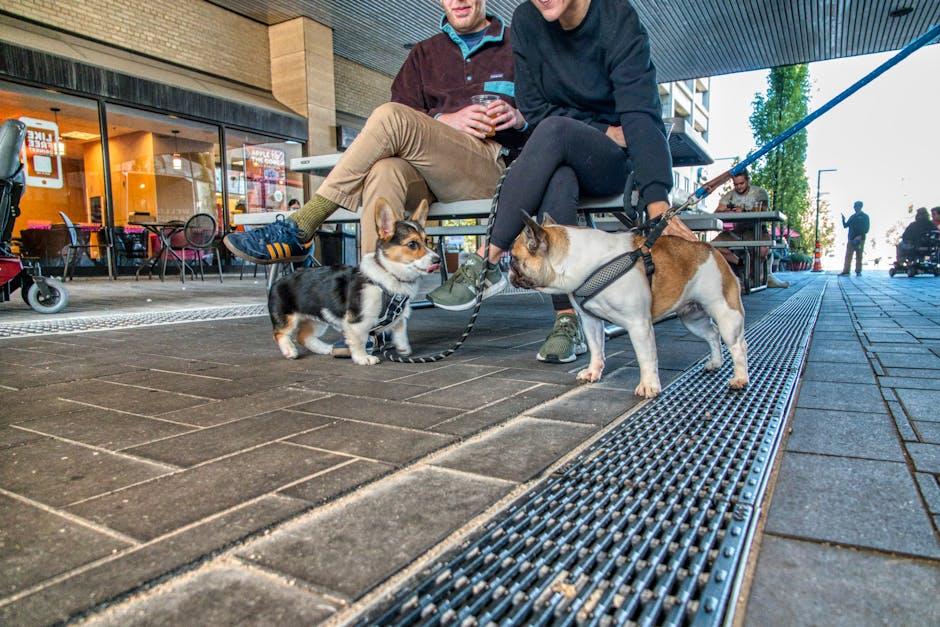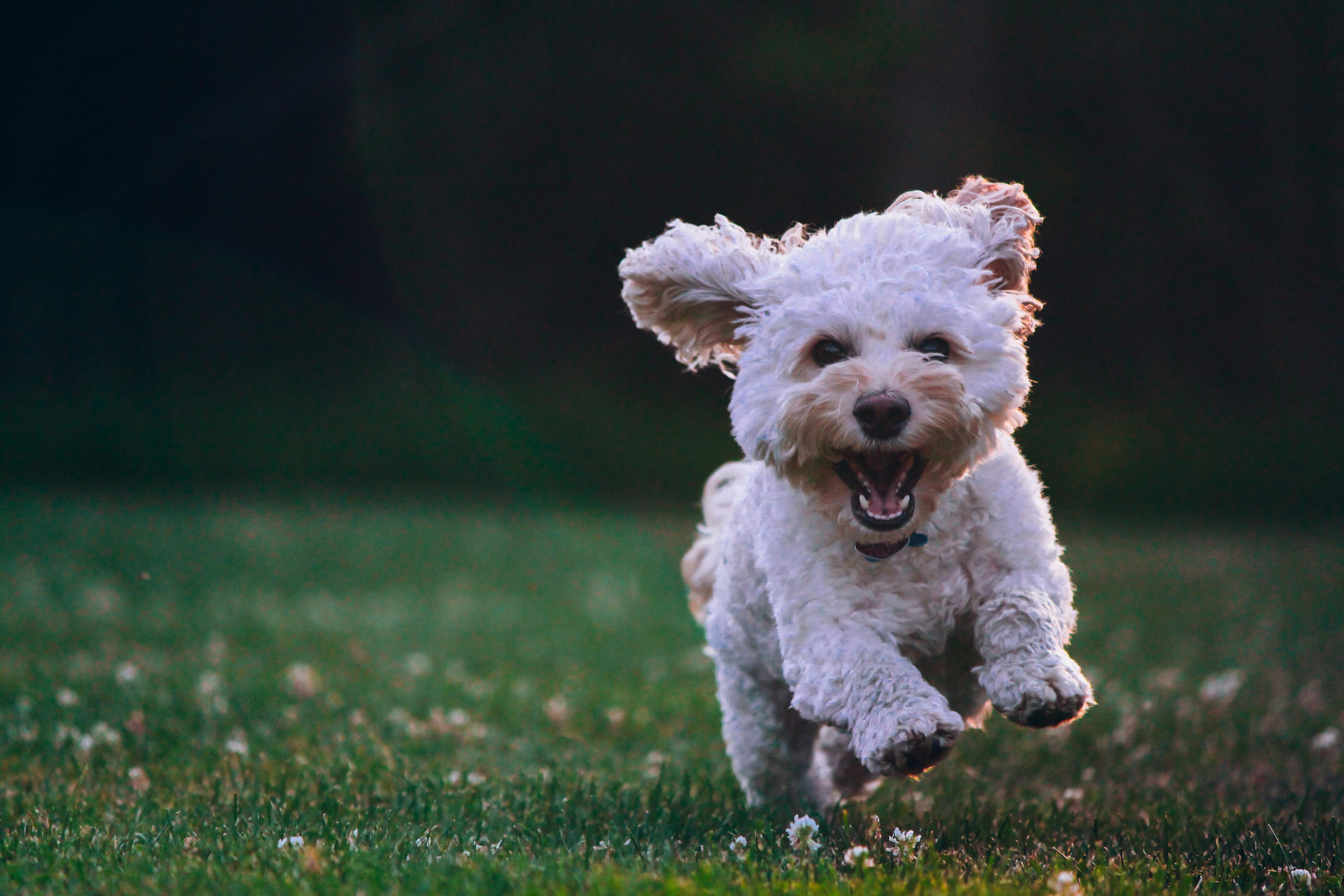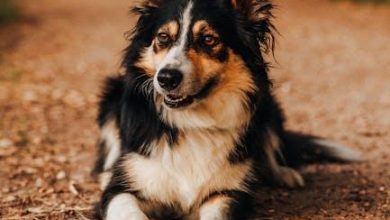Best Techniques for Socializing Dogs in Public Places

In the bustling world of today, where urban landscapes are interwoven with parks, cafes, and vibrant street corners, our canine companions often find themselves amidst the hustle and bustle of public life. For many dogs, these environments can be as exciting as they are overwhelming, presenting a unique set of challenges for pet owners eager to ensure their furry friends feel comfortable and confident. Enter the art of socializing dogs in public places—a practice that not only enriches the lives of our pets but also enhances the harmony of our shared spaces. This article delves into the best techniques for guiding your dog through the myriad of sights, sounds, and scents that public settings offer, transforming potential chaos into an opportunity for growth and connection. Whether you’re a seasoned dog owner or a new pet parent, join us as we explore the strategies that promise to make every outing an enjoyable adventure for both you and your four-legged friend.
Mastering the Art of Canine Introductions
When it comes to ensuring that your furry friend is well-adjusted in public settings, it’s essential to focus on gradual exposure and positive reinforcement. Start by taking your dog to less crowded areas and gradually increase the level of social interaction. Patience is key—allow your dog to observe the environment and get comfortable at their own pace. Remember, every dog is different; what works for one may not work for another. Be prepared to adjust your techniques as you gauge your dog’s comfort level.
- Use treats to reward calm behavior and create positive associations.
- Maintain a safe distance from other dogs initially, and slowly decrease it as your dog becomes more comfortable.
- Observe body language to ensure your dog is not overwhelmed. Look for signs of stress, such as tail tucking or excessive panting.
- Practice short sessions to prevent overstimulation, gradually increasing the duration as your dog adapts.
By following these steps, you’ll be setting your dog up for successful social interactions in public spaces, making outings more enjoyable for both of you.

Creating Positive Experiences in Urban Environments
- Start Slow: Begin by introducing your dog to less crowded areas before gradually moving to busier settings. This helps them acclimate to the sights, sounds, and scents of urban life without becoming overwhelmed.
- Positive Reinforcement: Use treats and praise to reward calm behavior and positive interactions. This creates a strong association between good behavior and enjoyable outcomes.
- Mindful Leash Walking: Keep your dog close and under control with a comfortable harness. This ensures safety and allows you to gently guide them through interactions with other dogs and people.
- Engage in Play: Encourage playful interactions in designated areas like dog parks. This not only burns off excess energy but also allows your dog to socialize in a structured, safe environment.
- Respect Personal Space: Always be aware of your dog’s body language and comfort levels. If they seem stressed or anxious, give them space to retreat and regroup.
Integrating these techniques can transform urban outings into rewarding adventures for both you and your canine companion. By fostering a calm and confident demeanor, your dog can become a well-adjusted member of the community, making each city stroll an enjoyable experience.
Understanding Canine Body Language for Effective Socialization
To foster positive interactions in public spaces, it is crucial to grasp the nuances of canine body language. Recognizing the signs your dog displays can help prevent conflicts and ensure a harmonious environment. Dogs communicate through a complex array of signals, and being attuned to these can significantly enhance your ability to manage their socialization experiences.
- Relaxed Posture: A dog that is comfortable will often exhibit a loose and wiggly body. Their tail may wag gently, and their ears will be in a neutral position.
- Play Bow: This is a clear invitation for play, characterized by the dog lowering their front legs while keeping their rear end up.
- Averted Gaze: If a dog looks away or turns their head, they might be signaling that they are not interested in confrontation.
- Lip Licking or Yawning: These can be signs of stress or anxiety, indicating that your dog might need a break from the current situation.
By becoming adept at interpreting these signals, you can guide your dog through social situations with greater confidence and ease, paving the way for successful interactions in public places.

Building Confidence with Gradual Exposure and Consistent Training
One of the most effective methods to help your dog become more comfortable in public spaces is by introducing them gradually to different environments and ensuring consistency in their training. Start by selecting less crowded locations where your dog can observe and adapt without feeling overwhelmed. Frequent short visits can be more beneficial than infrequent long ones, as they allow your dog to acclimate slowly. As your dog becomes more comfortable, you can gradually introduce them to busier settings.
- Start Small: Begin with quiet parks or early morning walks when fewer people are around.
- Consistency is Key: Regular exposure helps build familiarity and reduces anxiety over time.
- Controlled Environment: Use a leash and harness to maintain control, offering reassurance to your dog.
- Positive Reinforcement: Reward your dog with treats and praise for calm behavior in new settings.
By systematically increasing the complexity of environments and maintaining a consistent training schedule, your dog can build confidence in their social skills. This approach not only enhances their comfort in public but also strengthens the bond between you and your furry friend.



